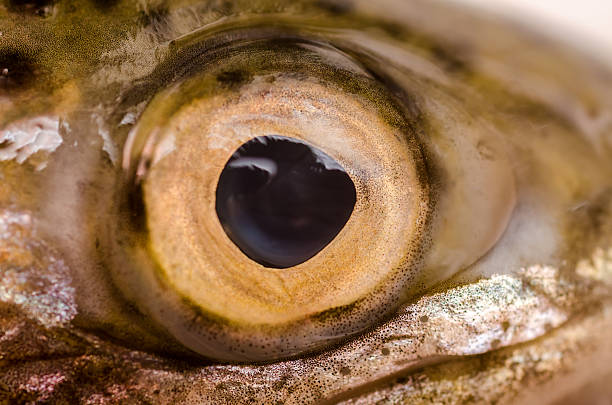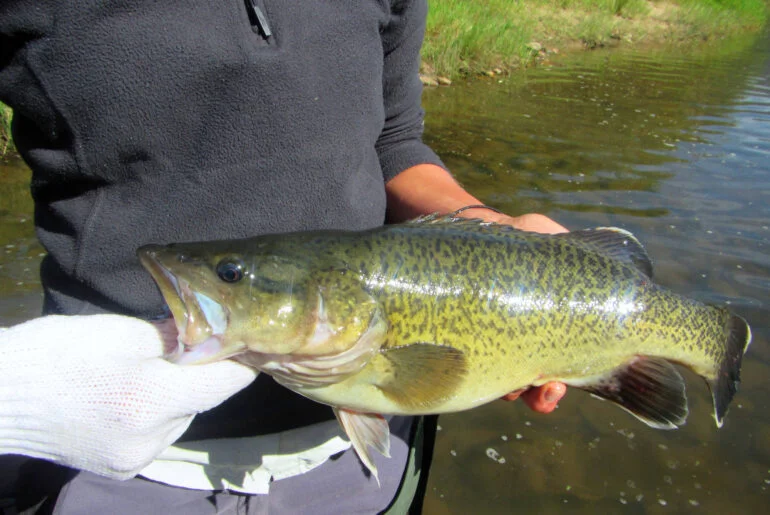A recent US study has found exciting new discoveries for freshwater fish monitoring and conservation, which can be implemented in Australian freshwater fish management.
The study called ‘Advanced diet reconstruction in fish eye lenses’ by Bell-Tilcock et. al (2020) conducted experiments on Chinook Salmon in California to trace fish diet and habitat history using isotope concentrations in eye lenses.
The scientists analysed fish that had lived in three different freshwater habitats;
- hatchery,
- river
- seasonal floodplain.
They measured the concentrations of the stable isotopes of carbon (δ13C), nitrogen (δ15N) and sulfur (δ34S) in the lenses of fish from each of the three habitats. Analysing the stable isotopes in eye lenses can reveal a fish’s life history and its diet, which can have important breakthroughs in knowledge for better management practice of fish habitats.
What is an isotope?
An isotope is an atom that does not decay or change into another element easily. The presence and quantity of stable isotopes can indicate the age of fossils, as well as the origins, food webs and migratory patterns of fish. Isotopes are incorporated into a fish’s tissue through its diet.
Fish eye-lenses are protein rich, which means they contain isotopes consumed by the fish or absorbed from its habitat. The eye lenses have laminae (‘onion-like’ layers) which form continuously over a fish’s life. Dissecting and analysing each layer of the lense reveals the exact quantities of each isotope that it consumed, or was in the environment during the fish’s life. This helps scientists to recreate migratory patterns and changes, as well as diet changes.

Each stable isotope reveals different habitat and diet indicators:
- Carbon-13 is linked to energy flows in a system – so higher values are associated with ocean environments, whilst lower values indicate the fish has spent more time in terrestrial or freshwater environments.
- Nitrogen-15 demonstrates the fish’s position in the food web. Organisms with lower amounts are at the lower end of the food web, and are likely to consume smaller organisms like aquatic insects, while fish with higher amounts eat larger sources of protein, such as other fish species.
- Sulfur-34 indicates how much organic matter is in the environment and fish’s habitat. Sulfur-34 is less likely to be found in wetlands and fluvial floodplains where there is a long water residence time and higher amounts of organic matter.
Using isotopes to reconstruct fish habitats is not entirely new research, as scientists have often used otoliths, bones from the fish’s ears. Otoliths are not, however, able to reconstruct dietary history, as they lack protein and therefore cannot absorb the isotopes that indicate a fish’s diet. This new method of analysing fish eyes is a breakthrough for the freshwater fish conservation community and has potential to be researched further with Australian freshwater fish.
Have a look at this video to see how delamination of the fish eye lens occurs:



